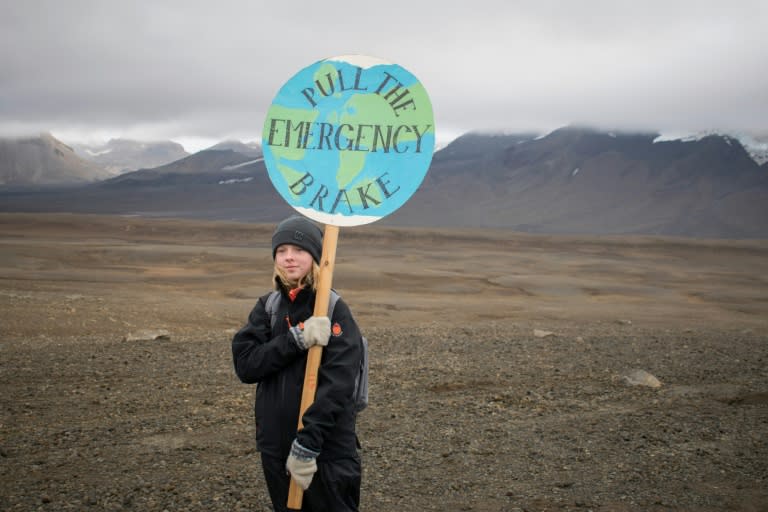With poetry, moments of silence and political speeches about the urgent need to fight climate change, Icelandic officials, activists and others bade goodbye to what once was a glacier.

Sad huh? Now the rest of the story.
A small glacier in Iceland named Okjökull, also known as “OK.”
According to the U.S. Geological Survey, “Ok is a lava shield volcano in west-central Iceland, to the west of Langjökull.”
As the U.S. Geological Survey noted, OK is actually an icecap on top of a volcano — located on a volcanically active Iceland.
Glaciers have been expanding and shrinking for millennia. In the case of the OK glacier, it may not have even existed a few hundred years ago, according to the study by the U.S. Geological Survey, which concluded, referring to the 13th to 15th century, “OK may not have had a glacier at this time because of the preceding warmer period.”
So basically it formed after the Medieval Warm Period, and is again melting; how unprecedented......
================
during the MWP (Medieval Warm Period) the southern peninsula of Greenland was ice free and covered in rich green grasslands. the Vikings established a colony that last for 200 years. Viking runes recently uncovered in Iceland ( when a receding glacier revealed an entire viking village ) tell of the Viking sailing the arctic ocean during the summer when the ice cap would complete break up. this has all happened before. its part of a natural cycle of warming and cooling that has been going on since the last ice age.
==========================
It is also labeled "415 ppm CO2", referring to the record level of carbon dioxide measured in the atmosphere last May.
Carbon dioxide is a chemical compound consisting of one part carbon and two parts oxygen and represented by the chemical formula CO 2 . For a number of reasons, carbon dioxide is one of the most important gases on Earth. Plants use carbon dioxide to produce carbohydrates (sugars and starches) in the process known as photosynthesis. (In photosynthesis, plants make use of light to break down chemical compounds and produce energy.) Since humans and all other animals depend on plants for their food, photosynthesis is necessary for the survival of all life on Earth.
Carbon dioxide in the atmosphere is also important because it captures heat radiated from Earth's surface. That heat keeps the planet warm enough for plant and animal (including human) life to survive.
